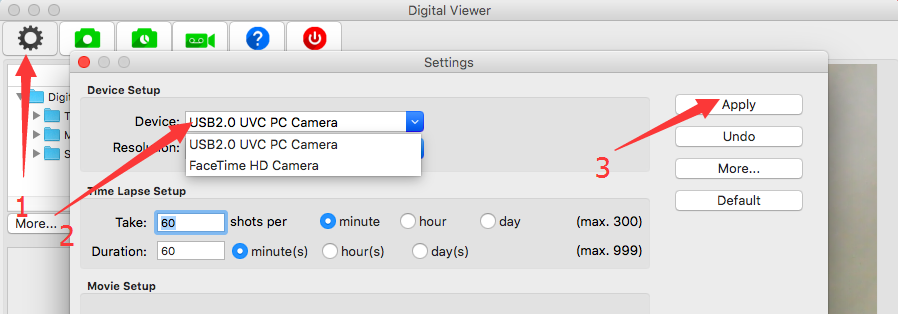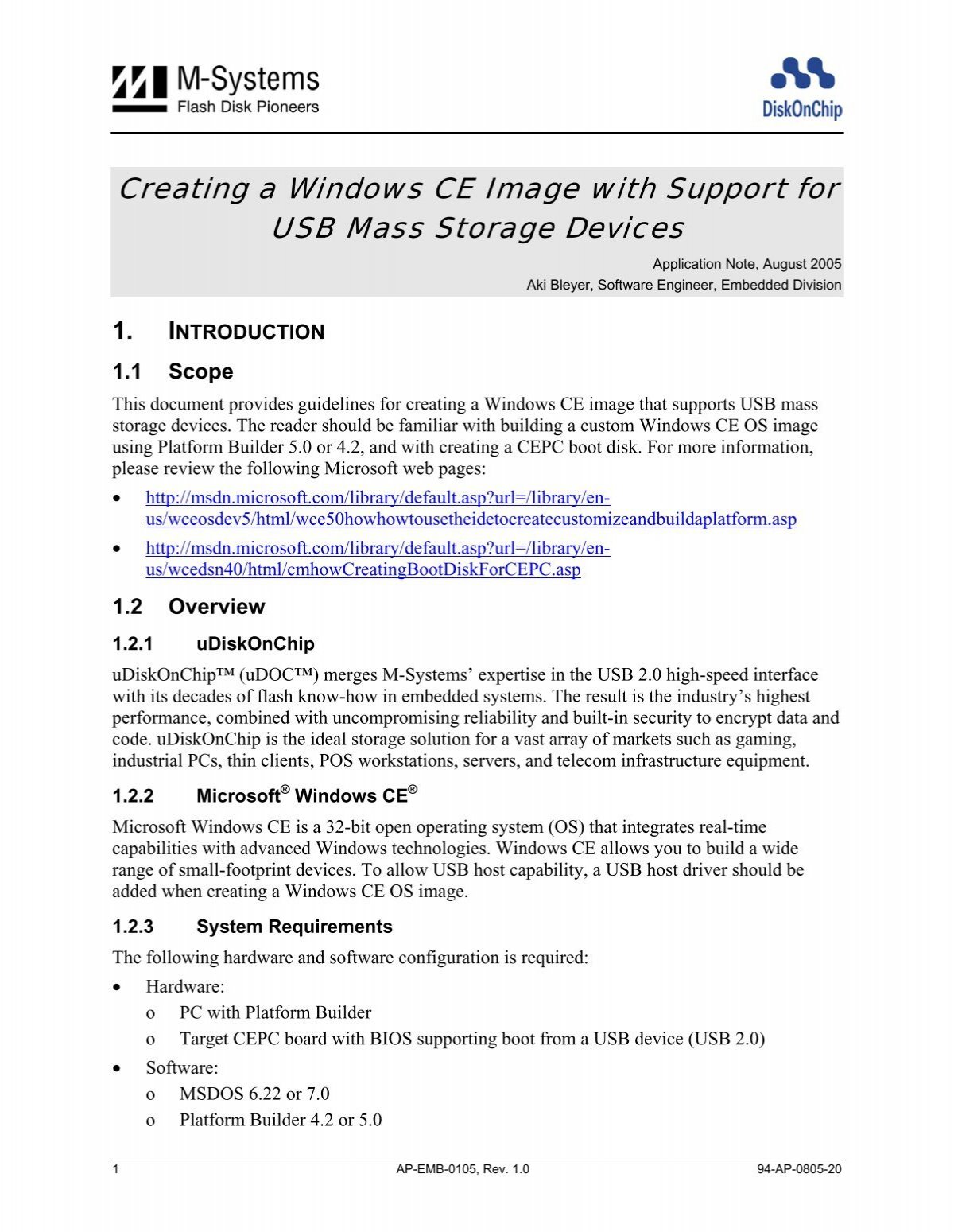- Asahi Optical Usb Devices Driver Download Windows 10
- Asahi Optical USB Devices Driver Download
- Asahi Optical Usb Devices Driver Download Windows 7
- Asahi Optical Usb Devices Driver Download Full
- Asahi Optical Usb Devices Driver Download Free
- Dynex - Behind-the-Head Headphones for Apple® iPod® shuffle - Silver.
- To install or reinstall this driver: 1. The Sentinel USB dongle should not be attached to the PC. Go to the Windows Control Panel Programs and Features, and look for an existing Sentinel System Driver Installer 7.6.0. If the driver is already present and you're having issues reading the device, remove the existing driver.
USB 2.0 on Windows XP and 2000 There are many reasons why problems with USB devices can occur. Keep in mind that USB Controllers are small pieces of hardware that allow your computer to operate USB connections. These Controllers need software drivers to operate properly. That’s why your first step is to check that you.
Category: Input device
Manufacturer: Microsoft
Caution Level: Intermediate
Download File Size: 42.37 Mb
Operating System: Windows XP, Windows, Windows 98, Windows 2000 SP4,Windows 95,Windows NT SP4,Windows 2000 SP3,Windows NT, Windows Vista, Windows 2000,Windows 2000 SP1,Windows NT SP2,Windows ME, Windows 3.11,Windows NT SP1,DOS,Windows NT SP3
Latest Version / Release Date: 5.20.413.0 / 03 Jun 2004
Windows device driver information for Microsoft USB Wireless Optical Mouse
Microsoft USB Wireless Optical Mouse is a product of Microsoft and its wheel is designed on a standard optical mouse giving the user a new experience in clicking. The scroll wheel allows one to navigate easily and it has a longer battery life thus avoiding any form of interruptions. Wireless technology is used to create this mouse and its interface is RF. It uses the optical movement detection technology. The product has three buttons and it features scrolling wheel and programmable buttons. Its interfaces are 1 x USB - 4 pin USB Type A and it is compatible with operating systems like Windows XP, Windows 2000, Windows 98, Windows Me, Apple MacOS X 10.1 – 10.3 and its peripheral or interface is CD-ROM. The product is certified for Windows Vista software and devices and has undergone compatibility tests for ease of use and also for enhanced security and better performance.
Outdated Drivers?
Unless you update your drivers regularly you may face hardware performance issues.
Asahi Optical Usb Devices Driver Download Windows 10
To check your drivers you should manually verify every device on your system for driver updates
To install the driver for Microsoft USB Wireless Optical Mouse, one would first be needed to download its file from any resourceful site and then save it in the computer and then unzip. Next, Connect the Microsoft USB Wireless Optical Mouse to the PC. Right click on “My computer” and click on “Properties.” Move to the “Hardware” tab and click “Device Manager.” The Microsoft USB Wireless Optical Mouse will now be visible. Continue with the installation by double clicking “Device” and then press “Reinstall driver” button. Select “Install from specific location” and check “Include this location” before clicking “Browse” to select “Microsoftdriver.” Click “Next” to proceed and then “Finally” completing the process. It is advisable to use the newest driver version so as to utilize the functions of Microsoft USB Wireless Optical Mouse easily and also because older ones may cause device conflicts. It is highly recommended you run a free registry scan for Windows and Microsoft USB Wireless Optical Mouse errors before installing any driver updates.

All drivers support the following OS
- Windows 10, 8.1, 8, 7 with Service Pack 1 (SP1)
- Windows Server 2016, 2012, 2008 R2
Main Drivers
WBF (Windows Biometric Framework) drivers are the main drivers for most applications that use SecuGen fingerprint readers and devices containing SecuGen fingerprint USB sensors.
This installs WBF drivers for the following devices:
- Hamster IV (HSDU04P, HFDU04)
- Hamster Plus (HSDU03P, HSDU03M, HFDU03FR/FRS)
- Hamster Pro 10 (HU10)
- Hamster Pro 20 (HU20, HU20-A, HU20-AP)
- Hamster Pro Duo CL (XU20CL)
- Hamster Pro Duo SC/PIV (XU20SCA, XU20SCI, XU20SCP, XU20ASCA)
- ID-USB SC (XSDU03PSC, XSDU03MSC)
- ID-USB SC/PIV (XSDU04PSC, XFDU04SC)
- OptiMouse Plus (MSDU03P, MSDU03M, MFDU03FR/FRS)
- USB Sensors (FDU03FR/FRS, FDU04, SDU03M, SDU03P, SDU04P, U10, U20, U20-A, U20-AP, U20-ASF-U)
This supplies the WBF drivers for manual installation of the following devices:
- All of the devices listed above
- Hamster Pro (HUPx)
- USB Sensor (UPx)
Legacy Drivers
Some third party software that support SecuGen devices might require “Legacy” drivers instead of the main (WBF) drivers.
Asahi Optical USB Devices Driver Download
This installs legacy drivers for the following devices:
- Hamster IV (HSDU04P, HFDU04)
- Hamster Plus (HSDU03P, HSDU03M, HFDU03FR/FRS)
- Hamster Pro 10 (HU10)
- Hamster Pro 20 (HU20, HU20-A, HU20-AP)
- Hamster Pro Duo CL (XU20CL)
- Hamster Pro Duo SC/PIV (XU20SCA, XU20SCI, XU20SCP, XU20ASCA)
- ID-USB SC (XSDU03PSC, XSDU03MSC)
- ID-USB SC/PIV (XSDU04PSC, XFDU04SC)
- OptiMouse Plus (MSDU03P, MSDU03M, MFDU03FR/FRS)
- USB Sensors (FDU03FR/FRS, FDU04, SDU03M, SDU03P, SDU04P, U10, U20, U20-A, U20-AP, U20-ASF-U)
Individual legacy driver for manual installation of devices based on:
- UPx sensors (e.g. Hamster Pro, HUPx)
Individual legacy driver for manual installation of devices based on:
- U10 sensors
Asahi Optical Usb Devices Driver Download Windows 7
Individual legacy driver for manual installation of devices based on:
- U20 sensors

Individual legacy drivers for manual installation of devices based on:

Asahi Optical Usb Devices Driver Download Full
- U20-A sensors
- U20-AP sensors
- U20-ASF-U sensors
Individual legacy drivers for manual installation of devices based on:
Asahi Optical Usb Devices Driver Download Free
- FDU02 sensors
- FDU03 / SDU03 sensors
- FDU04 / SDU04 sensors
Other Downloads
SecuGen Fingerprint Management Application
(64-bit) (32-bit)
For Windows 7 only: Install this after installing the WBF driver. The FMA is used to enroll and manage fingerprints within Windows Biometric Framework applications on Windows 7 only. (FMA is not needed for later versions of Windows because the enroll and manage functions are natively included in those versions of Windows.)
For U20 and U10 type of devices only: Use this tool to configure the Fake Finger Rejection threshold and enable logging of events for devices based on the following sensors: U10, U20, U20-A, U20-AP
